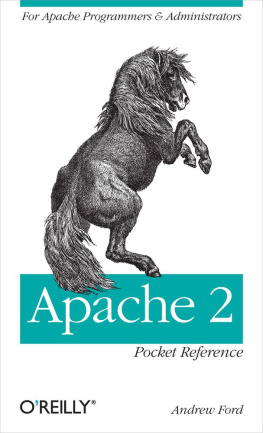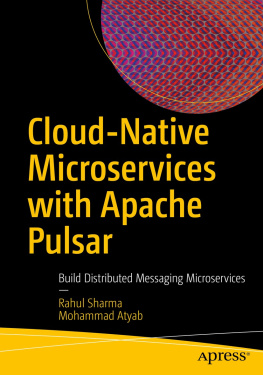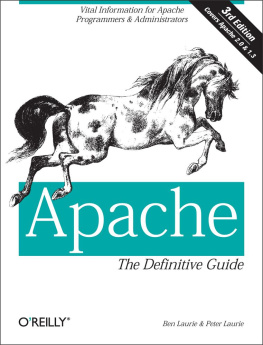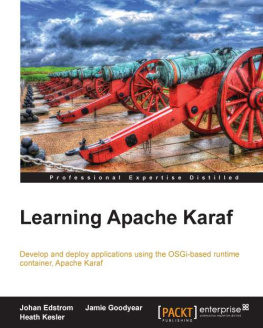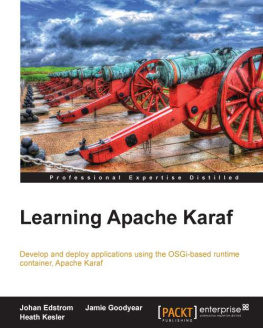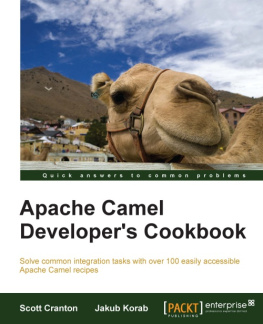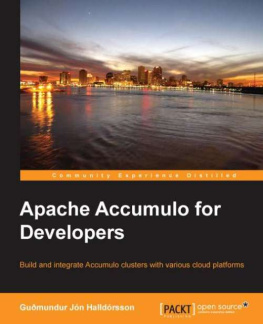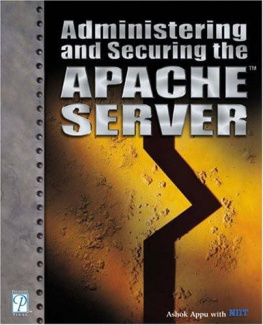There is something about books that makes them one of the most precious things in the world. I've always admired people who write them, and I have always wanted to write one myself. The book you are now holding is a result of many years of work with the referenced Internet technologies and almost a year of hard work putting the words on paper. The preface may be the first thing you are reading, but it is the last thing I am writing. And I can tell you it has been quite a ride.
Aside from my great wish to be a writer in the first place, which only helped me in my effort to make the book as good as possible, there is a valid reason for its existence: a book of this profile is greatly needed by all those who are involved with web security. I, and many of the people I know, need it. I've come to depend on it in my day-to-day work, even though at the time of this writing it is not yet published. The reason this book is needed is that web security is affected by some diverse factors, which interact with each other in web systems and affect their security in varied, often subtle ways. Ultimately, what I tried to do was create one book to contain all the information one needs to secure an Apache-based system. My goal was to write a book I could safely recommend to anyone who is about to deploy on Apache, so I would be confident they would succeed provided they followed the advice in the book. You have, in your hands, the result of that effort.
Audience
This book aims to be a comprehensive Apache security resource. As such, it contains a lot of content on the intermediate and advanced levels. If you have previous experience with Apache, I expect you will have no trouble jumping to any part of the book straight away. If you are completely new to Apache, you will probably need to spend a little time learning the basics first, perhaps reading an Apache administration book or taking one of the many tutorials available online. Since Apache Security covers many diverse topics, it's likely that no matter what level of experience you have you are likely to have a solid starting point.
This book does not assume previous knowledge of security. Security concepts relevant for discussion are introduced and described wherever necessary. This is especially true for web application security, which has its own chapter.
The main thing you should need to do your job in addition to this book, is the Apache web server's excellent reference documentation (http://httpd.apache.org/docs/).
The book should be especially useful for the following groups:
System administratorsTheir job is to make web systems secure. This book presents detailed guidance that enables system administrators to make informed decisions about which measures to take to enhance security.
ProgrammersThey need to understand how the environment in which their applications are deployed works. In addition, this book shows how certain programming errors lead to vulnerabilities and tells what to do to avoid such problems.
System architectsThey need to know what system administrators and programmers do, and also need to understand how system design decisions affect overall security.
Web security professionalsThey need to understand how the Apache platform works in order to assess the security of systems deployed on it.
Scope
At the time of this writing, two major Apache branches are widely used. The Apache 1.x branch is the well-known, and well-tested, web server that led Apache to dominate the web server market. The 2.0.x branch is the next-generation web server, but one that has suffered from the success of the previous branch. Apache 1 is so good that many of its users do not intend to upgrade in the near future. A third branch, 2.2.x will eventually become publicly available. Although no one can officially retire an older version, the new 2.2.x branch is a likely candidate for a version to replace Apache 1.3.x. The Apache branches have few configuration differences. If you are not a programmer (meaning you do not develop modules to extend Apache), a change from an older branch to a newer branch should be straightforward.
This book covers both current Apache branches. Wherever there are differences in the configuration for the two branches, such differences are explained. The 2.2.x branch is configured in practically the same way as the 2.0.x branch, so when the new branch goes officially public, the book will apply to it equally well.
Many web security issues are directly related to the operating system Apache runs on. For most of this book, your operating system is irrelevant. The advice I give applies no matter whether you are running some Unix flavor, Windows, or some other operating system. However, in most cases I will assume you are running Apache on a Unix platform. Though Apache runs well on Windows, Unix platforms offer another layer of configuration options and security features that make them a better choice for security-conscious deployments. Where examples related to the operating system are given, they are typically shown for Linux. But such examples are in general very easy to translate to other Unix platforms and, if you are running a different Unix platform, I trust you will have no problems with translation.
Contents of This Book
While doing research for the book, I discovered there are two types of people: those who read books from cover to cover and those who only read those parts that are of immediate interest. The book's structure (12 chapters and 1 appendix) aims to satisfy both camps. When read sequentially, the book examines how a secure system is built from the ground up, adding layer upon layer of security. However, since every chapter was written to cover a single topic in its entirety, you can read a few selected chapters and leave the rest for later. Make sure to read the first chapter, though, as it establishes the foundation for everything else.
, presents essential security principles, security terms, and a view of security as a continuous process. It goes on to discuss threat modeling, a technique used to analyze potential threats and establish defenses. The chapter ends with a discussion of three ways of looking at a web system (the user view, the network view, and the Apache view), each designed to emphasize a different security aspect. This chapter is dedicated to the strategy of deploying a system that is created to be secure and that is kept secure throughout its lifetime.
, gives comprehensive and detailed coverage of the Apache installation and configuration process, where the main goal is not to get up and running as quickly as possible but to create a secure installation on the first try. Various hardening techniques are presented along with discussions of the advantages and disadvantages of each.
. It begins with a discussion of and installation guidance for common PHP deployment models (as an Apache module or as a CGI), continues with descriptions of security-relevant configuration options (such as the safe mode), and concludes with advanced hardening techniques.
, discusses cryptography on a level sufficient for the reader to make informed decisions about it. The chapter first establishes the reasons cryptography is needed, then introduces SSL and discusses its strengths and weaknesses. Practical applications of SSL for Apache are covered through descriptions and examples of the use of


